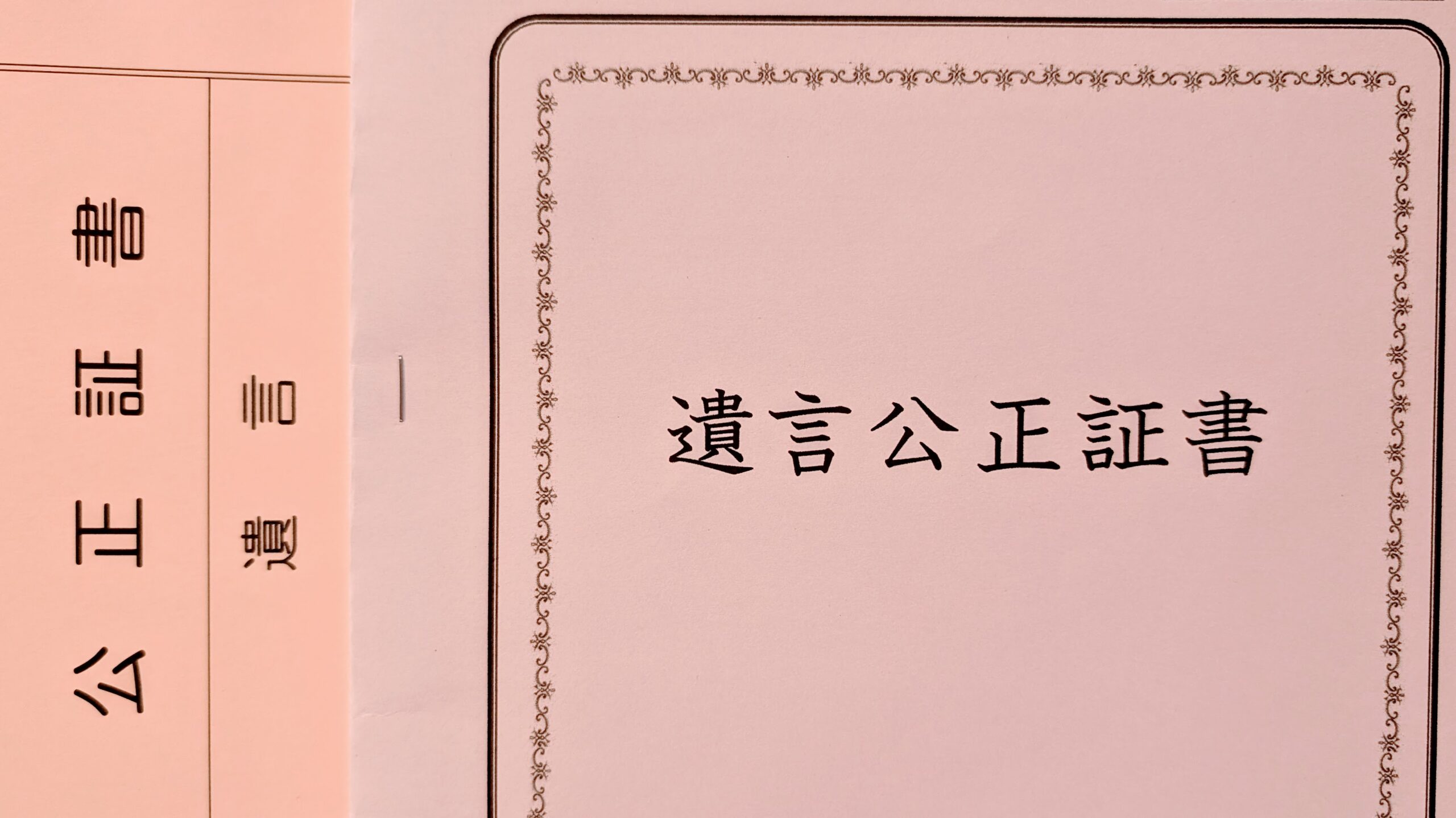As the holidays roll around, friends and families gather to celebrate the season but with a new emphasis on healthy eating, you may find yourself with a table full of guests who have dietary preferences and restrictions that are incompatible.
What to do? You want to be a good hostess and ensure that everyone goes home happy, healthy, and well-fed. How can you make sure that the vegan and the no-carb dieter both enjoy their meal?
It’s tricky, but not impossible. My set of friends range from omnivores to vegans, lacto-ovo vegetarians, no carb, no fat ,and gluten-free eaters and I usually manage to throw a decent party. The next few days will help you get a feel for who eats what, how you can plan menus around these differences, and recipes that suit a combination of eaters.

An overview of diets and food categories
What’s vegan?
A vegan is a vegetarian who eats only plant-based foods. They do not eat meat, poultry or seafood. Vegans also don’t eat honey, milk, or eggs. No animal products at all.
What’s lacto-ovo?
Lacto-ovo vegetarians eat plant-based foods and also dairy, eggs, and other animal products that don’t kill the animals, like honey. Vegetarians do not eat meat, poultry or seafood.
What’s omnivore?
Omnivores eat just about everything: plants, animals and minerals (but only the tasty ones). Omnivores are easy to cook for but sometimes they have restrictions, too, such as the next three categories.
What’s no-carb?
People on carbohydrate restricted diets avoid starchy foods like bread, pasta and potatoes, and also sugary foods including many fruits.
What’s no-fat?
No- or low-fat diets exclude oils, butter, eggs, and fatty meats. How much fat is acceptable depends upon the diner’s individual restrictions.
What’s no-gluten?
Gluten free diets exclude wheat and all of its cousins: barley, rye, semolina, spelt, triticale. Oats don’t have any gluten, but they are often contaminated with wheat, so many gluten intolerant people avoid them.

Foods and diets in detail.
Download a printable PDF (76 KB)
A note on the foods listed. I am talking about the recipes your great-grandmother would have made, not manufactured foods that use plastics, chemicals or cheap fillers to declare themselves “X free!”. In my chart, milk has fat; pasta is made of wheat; cakes and cookies are baked with butter, sugar and eggs. Of course you can find specially formulated substitutes to suit your guests’ needs, but I’m not considering those in this chart.
Mediatinker by MAIL
Join 49 other subscribers
SEARCH
Longer Ago
Mediatinker, Kristen McQuillin, is an American-born resident of Japan since 1998. This blog chronicles her life, projects, thoughts, and small adventures.





